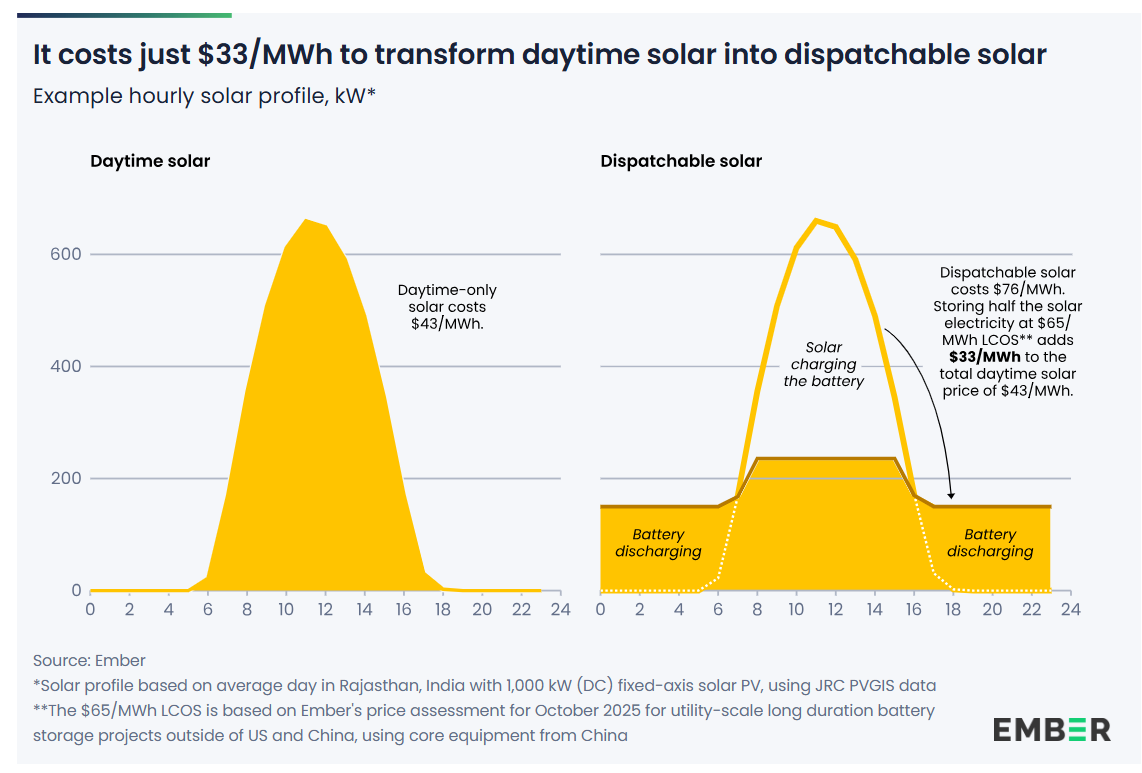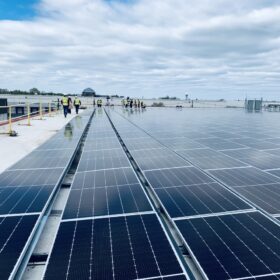On the surface, Indiana State Senator Brandt Hershman’s Senate Bill 309 keeps solar net-metering in place until 2027. Language buried deep in the bill, however, could kill the popular program long before the proposed expiration date.
The bill clearly favors utility-scale solar over privately owned rooftop solar systems. Much of the bill could damage the state’s rooftop solar industry – particularly the residential sector – immediately.
SB 309 moves solar power from net metering to a “sell all, buy all” system, meaning that homeowners with solar on their rooftops wouldn’t be allowed to use the electricity they produce themselves. Instead, they would have to sell all their electricity to the utility at a lower, wholesale rate.
Then the homeowners would be required to buy all their electricity back from the utility at the higher retail rate. Indiana solar advocates in the state say this is akin to having the utilities seize the solar panels from customers’ roofs and charging them for the privilege.
The bill also allows utilities to stop providing net metering incentives as soon as such incentives equal 1% of a utility’s peak summer load, which Laura Ann Arnold, president of the Indiana Distributed Energy Alliance, says could happen for some utilities as soon as three years from now.
“The impact on the Indiana solar industry would be immediate if SB 309 is passed by the Indiana General Assembly – not 10 years from now,” Arnold said. “People I’ve spoken to tell me that the fact this is even under consideration has already had a chilling effect on the market.”
Arnold believes that under a “sell all, buy all” rate structure, utilities would be required to issue solar customers a 1099. As a result, customers would not only receive a payment of only 2.9 cents per kilowatt-hour (kWh), they would be taxed on this payment, further reducing their compensation. Currently, the retail electricity rate in Indiana is around 11 cents/kWh.
In southwest Indiana – served by Vectren – it is anticipated that net metering could reach the 1% of Vectren’s summer peak load within as little as three years, Arnold added.
SB 309 does contain a provision that would encourage utility-scale solar – it says utilities building solar facilities “[are] not required to obtain a certificate of public convenience and necessity for the project from the Indiana Utility Regulatory Commission (IURC).” Removing that restriction would make siting and building utility-scale solar arrays in the state much easier.
As in other states, Indiana utilities offer a cost-shift argument to defend eliminating net-metering. The fallacy, perpetuated by utilities interested in derailing the popular program in states across the country, suggests solar customers don’t pay their fair share of grid upkeep, the costs of which are passed on to non-solar ratepayers.
The argument is false – studies in at least 16 in states around the country prove that solar customers don’t harm non-solar customers. In fact, most studies have found solar customers help non-solar customers by taking pressure off the aging grid. Most recently, the well-respected Lawrence Berkeley National Lab (LBNL) has recently debunked the zombie lie again.
That SB 309 is utility friendly with Hershman’s name on the author line surprises no one who watches Indiana state politics closely. Hershman has close ties to American Electric Power (AEP) – a large, multistate utility that serves Indiana through its Indiana-Michigan-Power (IMP) subsidiary – including a $10,000 in campaign contribution in 2016.
In a national race, a $10,000 donation might barely warrant a thank you, but in a state senate race like Hershman’s, the money is not inconsequential. In fact, AEP’s donation made up 5% of the total donations Hershman received last year.
IMP serves 25 new net-metering customers added in 2015 and 122 net-metered units in the state, according to the 2015 Net Metering Required Reporting Summary (the most recent report) put out by IURC. Though the numbers seem small, net-metering customers throughout the state have nearly tripled since 2011 and show no signs of slowing.
Indiana is home to more than 72 solar companies employing 1,567 people who design, engineer, install and repair solar panels, according to the Solar Energy Industries Association. In addition, employment in the U.S. solar business last year grew 12 times faster than overall job creation, the International Renewable Energy Agency reported.
This content is protected by copyright and may not be reused. If you want to cooperate with us and would like to reuse some of our content, please contact: editors@pv-magazine.com.








I do not expect utilities to be altruistic……but I would have expected some form of reasonable compromise.
How much is enough….will the greed ever end?
I wouldn’t say it’s greed necessarily as much as it is an inability (as yet) to figure out how to deal with what is essentially a competitor. It’s a weird relationship between solar and the utilities. My guess is that they will eventually have a compromise, but the knee-jerk reaction is to try and cripple the competitors. So……that’s my take, at least.
And in fairness to the utilities, the solar industry hasn’t always made it easy to work with them. We tend to be an industry of rebels, and a lot of people believe we’re here to destroy the utilities. That is not my position, but you can understand why utilities might feel a bit defensive.